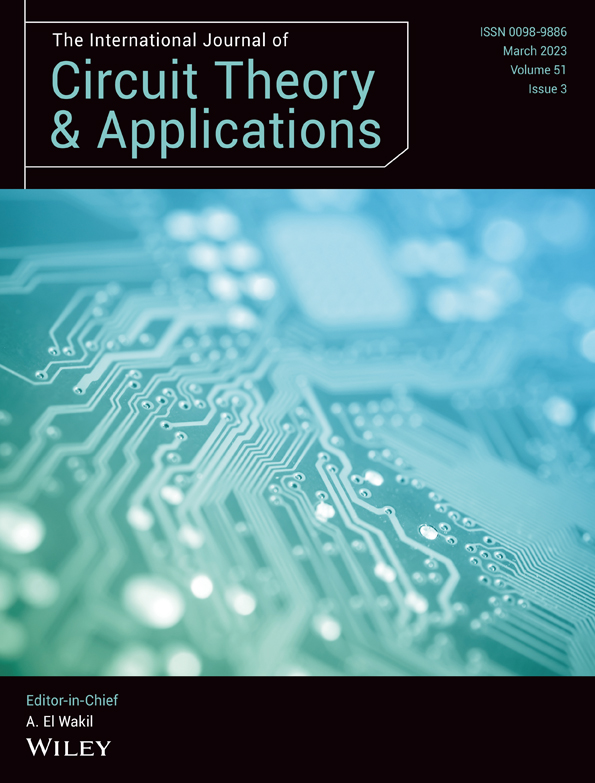A new family of high gain boost DC-DC converters with reduced switch voltage stress for renewable energy sources
Abstract
In this paper, a new family of non-isolated boost dc-dc converters with high voltage gains is proposed. The proposed boost topologies exhibit very high voltage gains at moderate duty cycles and lower switch voltage/current stresses with reduced component counts. Here, a total of four new non-isolated boost topologies are proposed using four-terminal PWM high-gain switch cells with an inductor-switch network. Among these four topologies, two converters have identical voltage gain with opposite load voltage polarities and likewise other two exhibit similar nature (i.e., equal but opposite load voltage) but have higher gain than the former topologies. The detailed operating principle, steady-state analysis, and design methodology are presented for the proposed positive output very high-gain converter, which can be easily extended to the rest of the topologies. An exhaustive comparison study has been presented for the proposed topologies with the existing step-up converters to highlight their advantages. Finally, the mathematical analysis, analytical studies, and high boosting feature of the proposed positive output high-gain boost converter are verified using a 250 W, 50 kHz prototype. The experimental results are presented for different duty cycles with fixed input voltage to verify the efficacy of the proposed structures in terms of higher boosting capability.
Open Research
DATA AVAILABILITY STATEMENT
Data sharing not applicable to this article as no datasets were generated or analysed during the current study.




